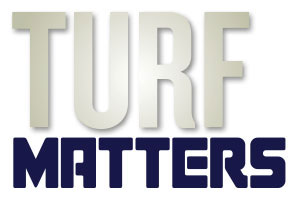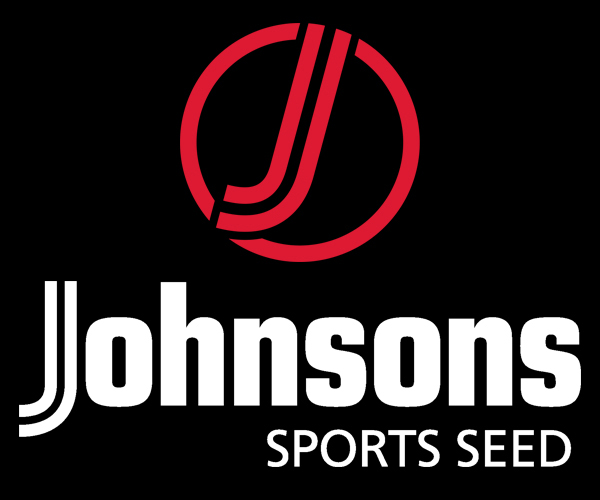Embracing Sustainability in Amenity Management
Embracing Sustainability in Amenity Management: BASIS is pleased to announce the launch of its new online course series, ‘The Principles of Sustainable Amenity Management’. In the realm of amenity management, embracing sustainability is not merely a trend—it’s a necessity.
Developed in collaboration with key stakeholders, including esteemed former Amenity Forum Chair John Moverley, this self-paced, four-part course offers an in-depth exploration of essential topics such as policy, biodiversity, water and air pollution management, and integrated approaches. All modules are available via BASIS Classroom, providing a comprehensive and flexible learning experience for professionals in the amenity sector.

Embracing Sustainability in Amenity Management
The Principles of Sustainable Amenity Management Online Learning Package
The course is divided into four key modules. Each module can be purchased individually, and participants who complete all four will receive access to a fifth module—a FREE online toolbox kit. This bonus module includes relevant case studies, guides, and the opportunity to take a BASIS-certified assessment.
By enrolling in this course, participants will gain essential knowledge and insights to advance their professional growth. Here’s why individuals at all levels of the amenity sector should consider enrolling:
- Understanding Policy & Sustainability in the Amenity Sector Navigate the complex landscape of policies, legislation, and guidance, gaining essential insights from the UK National Action Plan to codes of practice. Participants will build a strong foundation crucial for delivering sustainability.
- Building Biodiversity for Amenity Environmental Management Managing amenity areas goes beyond aesthetics; it involves ensuring balanced ecosystems. This module covers habitat management, biodiversity, net gain, and sustainable soil and water management, with expert input from Dr Christian Spring.
- Managing Water and Air Pollution in the Amenity Environment As environmental concerns grow, so does the need for effective pollution management. This course provides tools to identify and mitigate pollutants, emphasising sustainable alternatives and evaluating practices through Life Cycle Analysis (LCA).
- Planning Integrated Approaches in Amenity Situations Effective weed, pest, and disease management are critical components of amenity management. This module explores integrated approaches and the pillars of successful implementation, enhanced with practical examples and expert insights.
- Sustainable Amenity Practice in Action – Case Studies, Assessments & Certification FREE upon completion of the first four modules. This final module ties everything together with relevant case studies, toolkits, and an online assessment, leading to a BASIS certification and additional CPD points.
Through these modules, participants will gain a comprehensive understanding of sustainable practices in the amenity sector. Designed for professionals seeking to deepen their understanding and implementation of sustainable management practices, this course caters to a diverse audience, from seasoned industry veterans to newcomers, including landscape managers, groundskeepers, and environmental consultants. No previous experience or qualifications are required to complete this course.
For further information and to enrol in the course, visit basis-classroom.co.uk/courses/amenity and see the full series. BASIS Professional Register members will have access to the first module through their membership.
For the latest industry news visit turfmatters.co.uk/news
Get all of the big headlines, pictures, opinions and videos on stories that matter to you.
Follow us on Twitter and Instagram for fun, fresh and engaging content.
You can also find us on Facebook for more of your must-see news, features, videos and pictures from Turf Matters.












